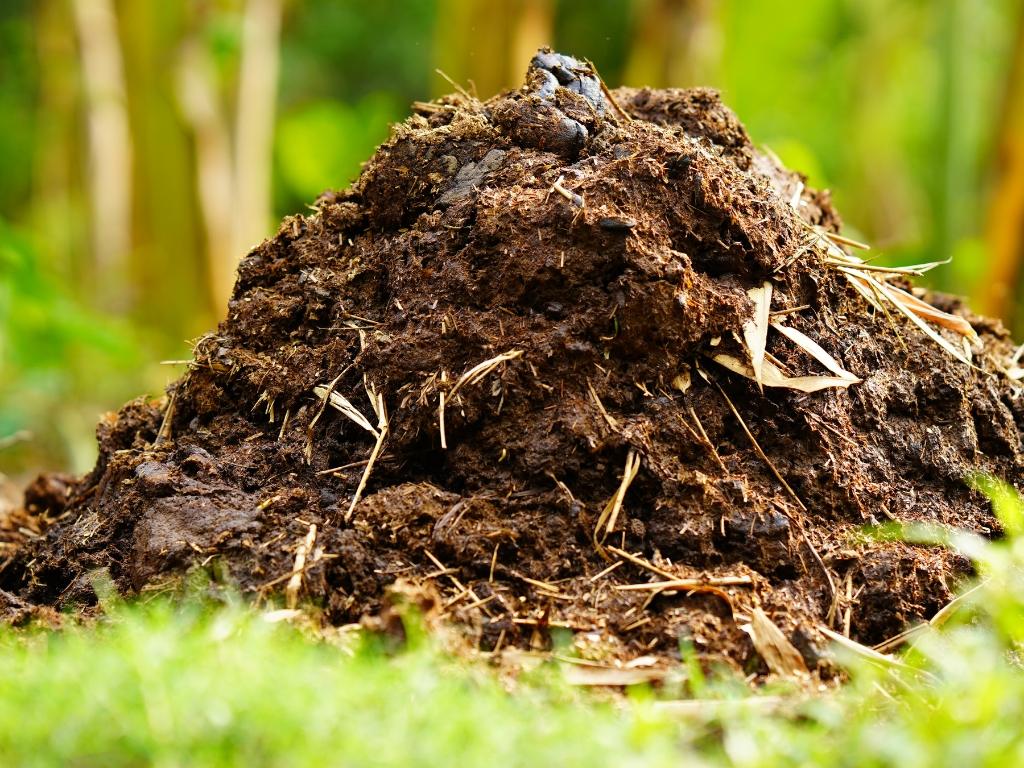Fleas and ticks aren’t just a nuisance—they carry serious health risks by spreading diseases like Lyme disease and Rocky Mountain spotted fever.
Knowing how to keep these fleas and ticks out of your yard is essential for protecting both your pets and family. With the right strategies, you can reduce the risk of infestations and maintain a safe outdoor space.
Sneak Peak
- Keep your grass trimmed.
- Remove yard debris and waste.
- Use natural repellents.
- Create a physical barrier around your yard.
- Treat your yard for fleas and ticks.
- Maintain proper drainage in your yard.
- Encourage more sunlight in your yard.
- Keep wildlife out of your yard.
- Treat pets with flea and tick prevention products.
- Consult a pest control company for professional help.
Tip #1: Keep Your Grass Trimmed
Fleas and ticks love to hide in tall grass, so keeping your lawn neatly trimmed is one of the easiest ways to control them. Regular mowing makes your yard less inviting to these pests.
Make sure to also clear away yard waste like grass clippings, as it creates a damp environment that attracts fleas and other pests. Keeping your grass short and your yard clean makes a big difference in preventing infestations.
Tip #2: Remove Yard Debris and Waste
Fleas and ticks thrive in piles of leaves, brush, and other yard waste, especially in shady, moist areas. By regularly clearing away debris, you eliminate the spots where they like to breed. This is particularly important if your yard borders wooded areas.
Keeping your yard tidy helps reduce the number of hiding spots for pests, making it safer for your pets and family.
Tip #3: Use Natural Repellents
Natural repellents like cedar mulch and diatomaceous earth are effective at keeping fleas and ticks away without using chemicals.
Fleas and ticks are repelled by the smell of cedar mulch, making it a great option for spreading around your yard. Similarly, diatomaceous earth works by dehydrating these pests on contact.
Using natural options helps protect your pets while keeping fleas and ticks under control.
Tip #4: Create a Physical Barrier Around Your Yard
Wildlife, such as deer and rodents, often carry ticks into yards. Installing a fence or creating a mulch or gravel barrier can help keep these animals—and the ticks they bring—out of your yard.
These physical barriers make it harder for pests to enter and help reduce the risk of infestations.
Tip #5: Treat Your Yard for Fleas and Ticks
Sometimes, natural methods aren’t enough. In these cases, treating your yard with pet-safe insecticides can help get rid of fleas and ticks.
It’s best to start treatments in early spring and continue through the warmer months. Focus on areas where your pets spend the most time, like patios or garden beds.
If needed, consider hiring a pest control company to ensure your entire yard is protected from these pests, keeping your family and pets safe from harmful bites.
Tip #6: Maintain Proper Drainage in Your Yard
Ensuring your yard has proper drainage is an important step in preventing flea and tick infestations.
Fleas and ticks thrive in moist environments, and standing water creates the perfect environment for them and other pests to multiply. To keep fleas and ticks out of your yard, it’s important to avoid overwatering.
Regularly check your lawn for areas with poor drainage, and address any low spots where water tends to collect. This will help reduce the moisture that attracts fleas, ticks, and other pests.
Tip #7: Encourage More Sunlight in Your Yard
Fleas and ticks prefer shady, damp areas, so increasing direct sunlight in your yard is an easy way to control these pests.
Trimming back overgrown trees, bushes, and plants allows more sunlight to reach the ground, making it a less favorable spot for fleas, ticks, and other insects.
This simple step not only helps with tick prevention but also reduces the spread of diseases like Lyme disease and Rocky Mountain spotted fever.
Tip #8: Keep Wildlife Out of Your Yard
Wildlife like deer, rodents, and mice often carry ticks into yards, increasing the risk of flea and tick infestations. Installing a physical barrier such as a fence can keep these animals away from your property.
Additionally, using wildlife deterrents like motion-activated sprinklers can help protect your yard from animals that bring ticks.
Keeping these animals out of your yard is crucial to prevent fleas and ticks from spreading diseases to your pets and family.
Tip #9: Treat Pets with Flea and Tick Prevention Products
To effectively control fleas and ticks, it’s important to treat your pets as well. Fleas and ticks often latch onto pets like dogs and cats, spreading diseases and infesting your yard.
Using flea and tick prevention products, such as collars, sprays, and topical treatments, helps keep your pets safe from these pests. Regularly inspect your pets for signs of fleas or ticks and consult your vet for the best products to use.
Tip #10: Consult a Pest Control Company
If flea and tick infestations persist despite your efforts, it may be time to call a pest control company. Professional pest control services can treat your yard with safe and effective products designed to control fleas, ticks, and other harmful insects.
A trained technician can assess the specific needs of your yard, ensuring the best course of action to prevent further infestations.
Wrapping Up
Keeping fleas and ticks out of your yard is key to protecting your pets and family from harmful diseases. Regular yard care, natural repellents, and professional treatments can ensure a pest-free environment.
Contact GreenTurf today for expert lawn care and pest control solutions tailored to your needs. Keep your yard safe year-round with professional help.



